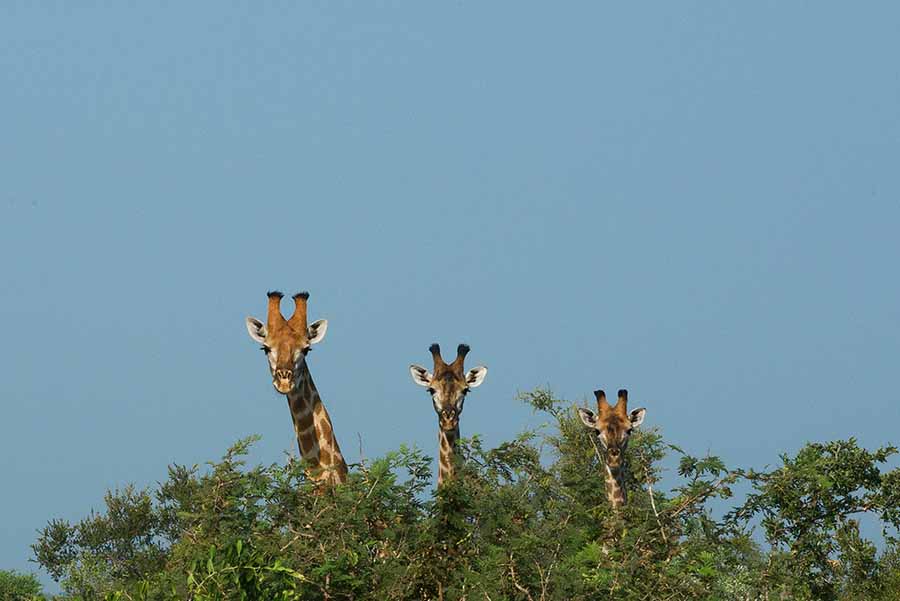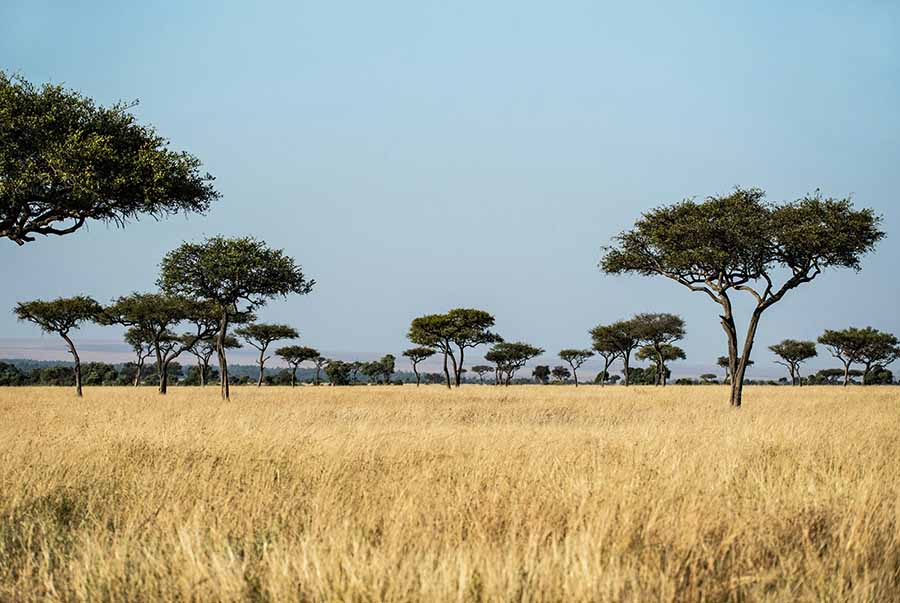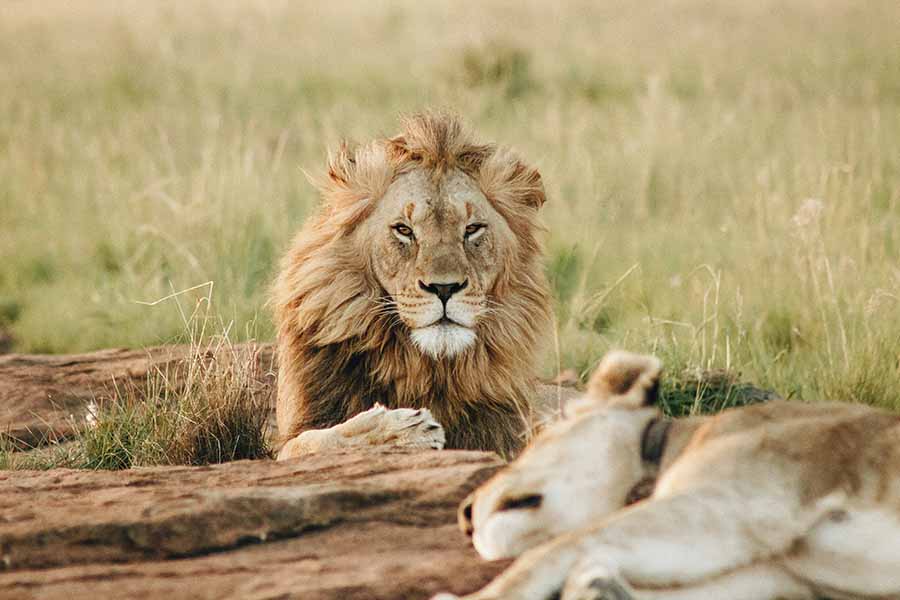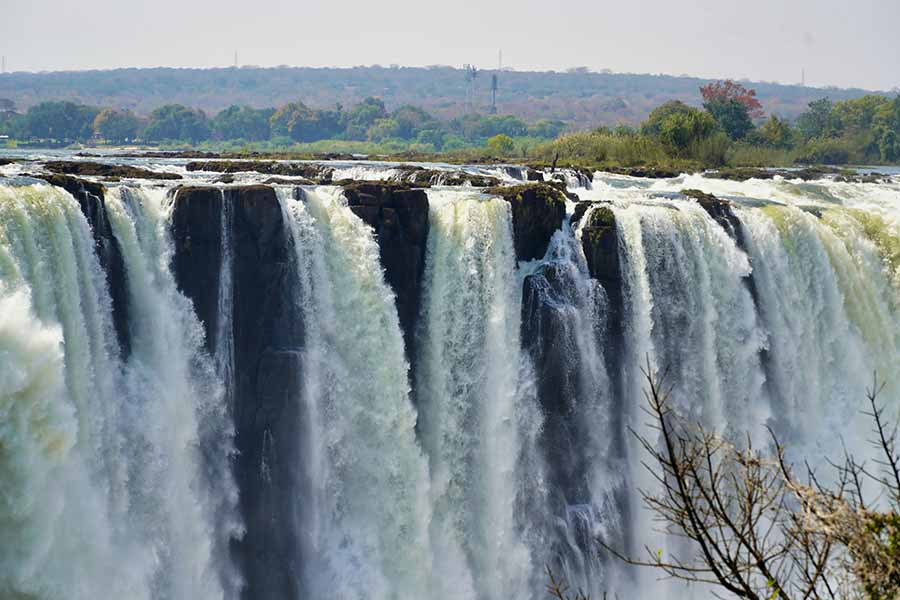Tracking wildlife can be an exciting activity, but the art of tracking can be a challenging one. There are two aspects that need to be considered for effective tracking – track and sign interpretation, and following animal trails or trailing. To be a successful tracker, it is necessary to take these aspects into account along with the elements involved in these features. This article will provide information for beginners who are learning to track animals in Kenya.
What Are The Aspects Of Tracking Animals?
As is mentioned, there are two factors to tracking in the wildlife – track interpretation and following animal trails or trailing. Track and sign interpretation refers to the tracking of signs by different animals using field guides, supplemental training, and photographs. Trailing involves following tracks to find the animal. To become a master animal trailer, it is necessary to have a high level of physical fitness with a strong mental focus on the task.
What Are The Considerations When Tracking Animals?
1. Optimize The Lighting
When learning to track animals in Kenya, it is important to remember that animal tracks are delicate and intricate things. The amount of detail in the track is immense and the information it can convey to the tracker is astonishing. When reviewing the patch of dirt that is the track, it is important to note that external factors can influence the investigation and this includes the shadow you will cast over the item. This is why it is vital that you are aware of your location when studying a track and position yourself correctly when approaching the track.
2. Evaluate The Direction Of The Track
Unfortunately, there is no authority to instruct the wildlife to step politely around other animal’s tracks and create neat, firm imprints in the soil.
![]()
Consequentially, the tracks can become muddled and it can become difficult to identify the track you wish to investigate. In order to view the track you want to investigate, it can be useful to gather extra information from the print, such as a matching track or the behavior of the animal. To do this, it is beneficial to determine the direction of the animal when it was walking across.
3. Analyze Details Within The Track
As is mentioned, animal tracks are complex and contain a great deal of information. When learning to track animals in Kenya, it is necessary to look at all the little details within the imprint. For example, a track could be confusing as the shape and position of toes assume a certain type of animal; however, when making a size comparison it shows that the track is another type of animal track. It is vital that this analysis is done to confirm or deny assumptions.
4. Review The Full Scene For Additional Information
In the bush, a person must always be aware of their surroundings. For example, it is recommended that you check the shadows of the trees when tracking a pride of lions to avoid becoming a meal. As a beginner, it is difficult to not focus on the track completely instead of looking around; however, taking a step back to review the full scene is essential for effective analysis. You will often find that extra information can add to analysis and you can appreciate the beauty of the bush.
What Resources Are Available For Tracking?
Living in the 21st century, it is advised that you consider the other resources available for effective animal tracking. One resource that can contribute to tracking is a wildlife app known as Africa: Live App. It is unique in that it provides a live map of different safari areas and offers game sightings in these areas. When using it, you will be able to add wildlife sightings instantly and easily when on a safari.
You may be wondering how this contributes to tracking. When a sighting is found, it is easier to locate the animal track and complete the trailing of the animal. Africa: Live App interactive markers are also able to show details, descriptions, and photographs of tracks when required. One bonus is that this app is free and available on both Android and Apple smartphones.







